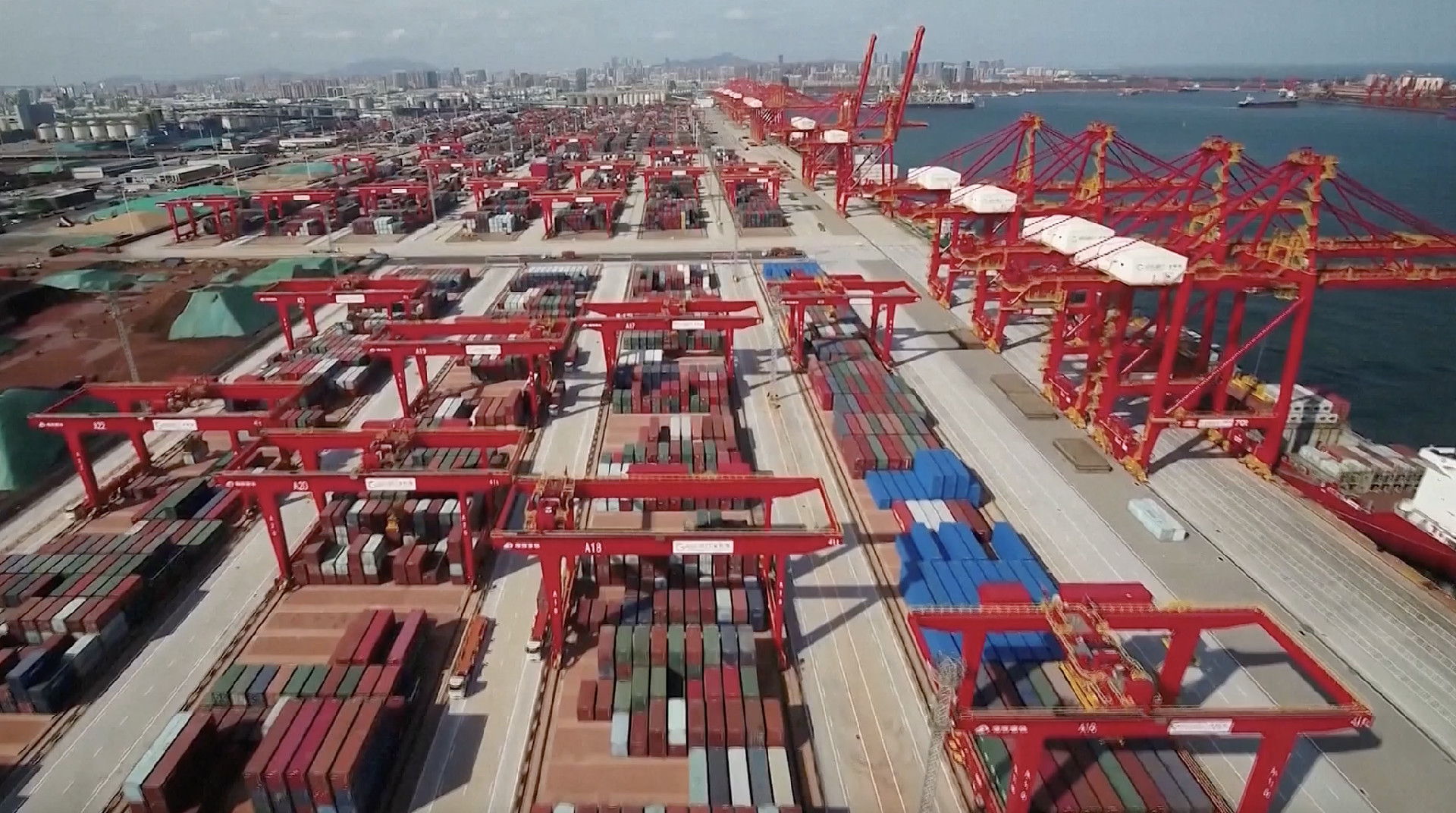Investigating Fresh Opportunities in International Trade to Propel Economic Revival
Despite a complex and volatile external environment, China's dedication to high-standard opening-up and proactive management of various risks and challenges will enable its foreign trade to reach new heights. This progress will provide a fresh impetus for economic recovery and enhancement.

Given the uncertainties and instability affecting the global environment, alongside various challenges to globalization, China's approach to foreign trade policy is becoming increasingly important. Analyzing import and export data from the first three quarters of 2024 reveals that China's foreign trade has shown remarkable resilience even amidst growing pressures from trading partners and rivals.
The vital question is how China can continue to expand its high-standard opening-up, nurture new growth drivers for foreign trade, and identify fresh opportunities within the complex and constantly changing external landscape.
According to data from the General Administration of Customs, the total value of China's imports and exports for the first three quarters of this year reached 32.33 trillion yuan, marking a historic first by exceeding 32 trillion yuan, with a significant year-on-year increase of 5.3 percent. Specifically, exports totaled 18.62 trillion yuan, up 6.2 percent, while imports stood at 13.71 trillion yuan, reflecting a 4.1 percent growth. This stable growth in both imports and exports underscores the resilience of China's economy and the vitality of its foreign trade.
During this period, trade with over 160 countries and regions saw growth. Notably, total trade with countries involved in the Belt and Road Initiative reached 15.21 trillion yuan, up by 6.3 percent year-on-year and accounting for 47.1 percent of total trade. Additionally, trade with the EU and the U.S. grew by 0.9 percent and 4.2 percent, respectively.
In terms of product demand, China's exports of high-tech and green products have experienced significant increases. High-end equipment exports surged more than 40 percent, with mechanical and electrical goods making up nearly 60 percent of total exports. The export value of what is referred to as the "new three"—electric vehicles, lithium batteries, and photovoltaic products—totaled 757.83 billion yuan, representing 4.1 percent of total exports. These numbers demonstrate that China is progressively enhancing its international competitiveness in high-tech and green industries.
However, despite these positive indicators, challenges to China's foreign trade are also apparent. Rising global trade protectionism, frequent geopolitical conflicts, and severe bottlenecks in global supply chains are notable concerns that have pressured China's foreign trade growth.
To navigate these challenges, China should persist in enhancing its high-standard opening-up, actively seek new foreign trade growth drivers, and explore new opportunities. Here are several recommendations:
1. **Deepen cooperation with Belt and Road partner countries**: Strengthening partnerships in infrastructure, finance, and technology will help China diversify its markets and lessen dependency on traditional markets like Europe and the U.S.
2. **Enhance competitiveness in high-tech and green product exports**: Investing more in R&D for high-tech and green industries is critical to improving product quality and meeting the growing global demand for eco-friendly products.
3. **Promote new forms of foreign trade, such as cross-border e-commerce**: Leveraging digital economies and internet technologies, China should accelerate the development of new commerce models like cross-border e-commerce to foster new growth avenues for foreign trade.
4. **Optimize the business environment and lower costs for foreign trade enterprises**: Implementing measures such as tax reductions, fee cuts, streamlining approval processes, and improving customs clearance will help decrease operational costs and enhance international competitiveness for foreign trade enterprises.
5. **Strengthen participation in international trade rule-making**: China's active involvement in establishing international trade regulations is essential for amplifying its voice and fostering a fairer, more transparent competitive environment for its foreign trade enterprises.
In conclusion, while the external environment is marked by complexity and volatility, a commitment to high-standard opening-up and proactive responses to various risks will enable China's foreign trade to attain even greater heights. This endeavor will contribute to economic recovery and improvement. By persistently seeking new opportunities for foreign trade and pursuing economic restructuring and industrial advancement, China is poised to remain strong and resilient in the future.
Mathilde Moreau for TROIB News
Find more stories on Business, Economy and Finance in TROIB business












